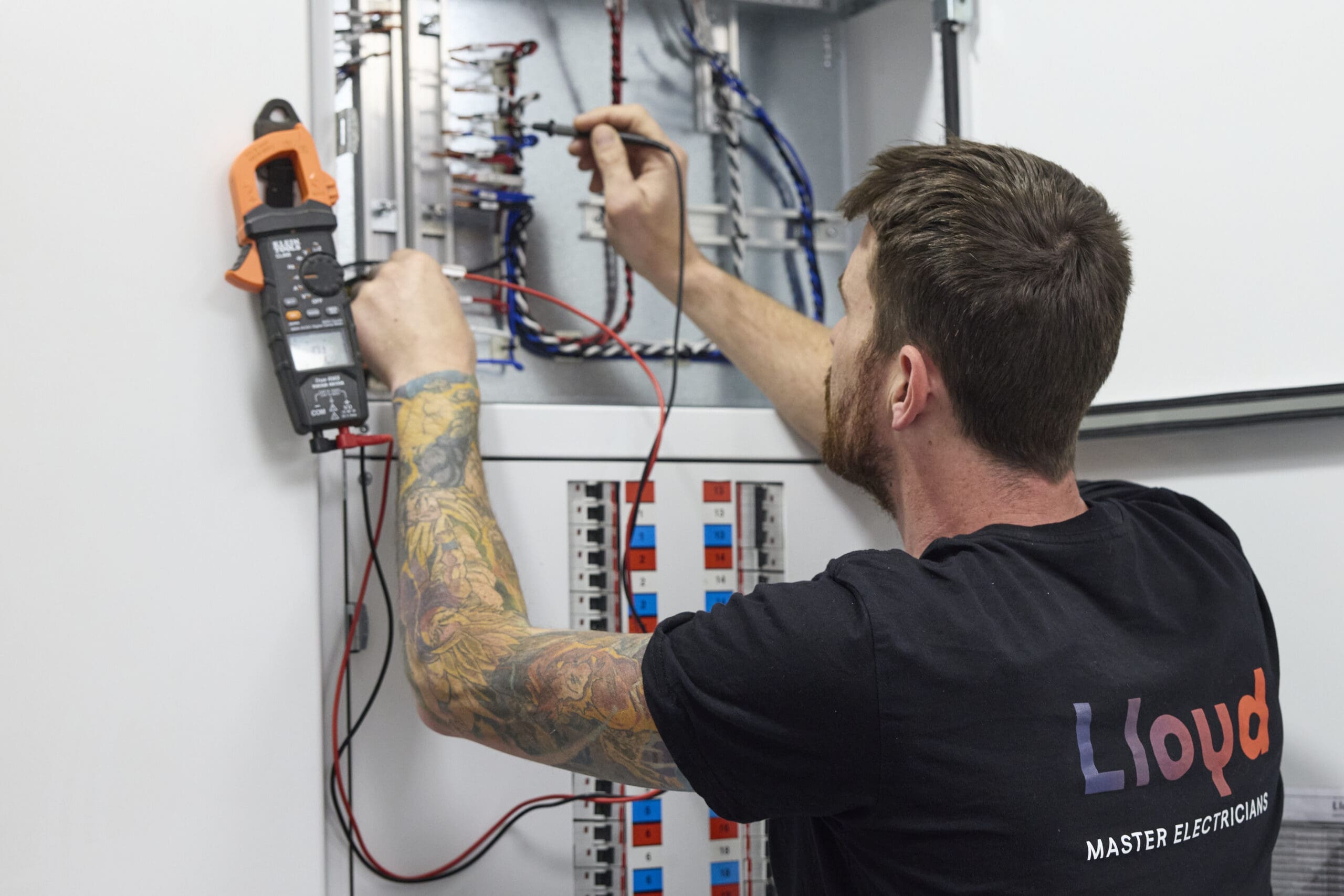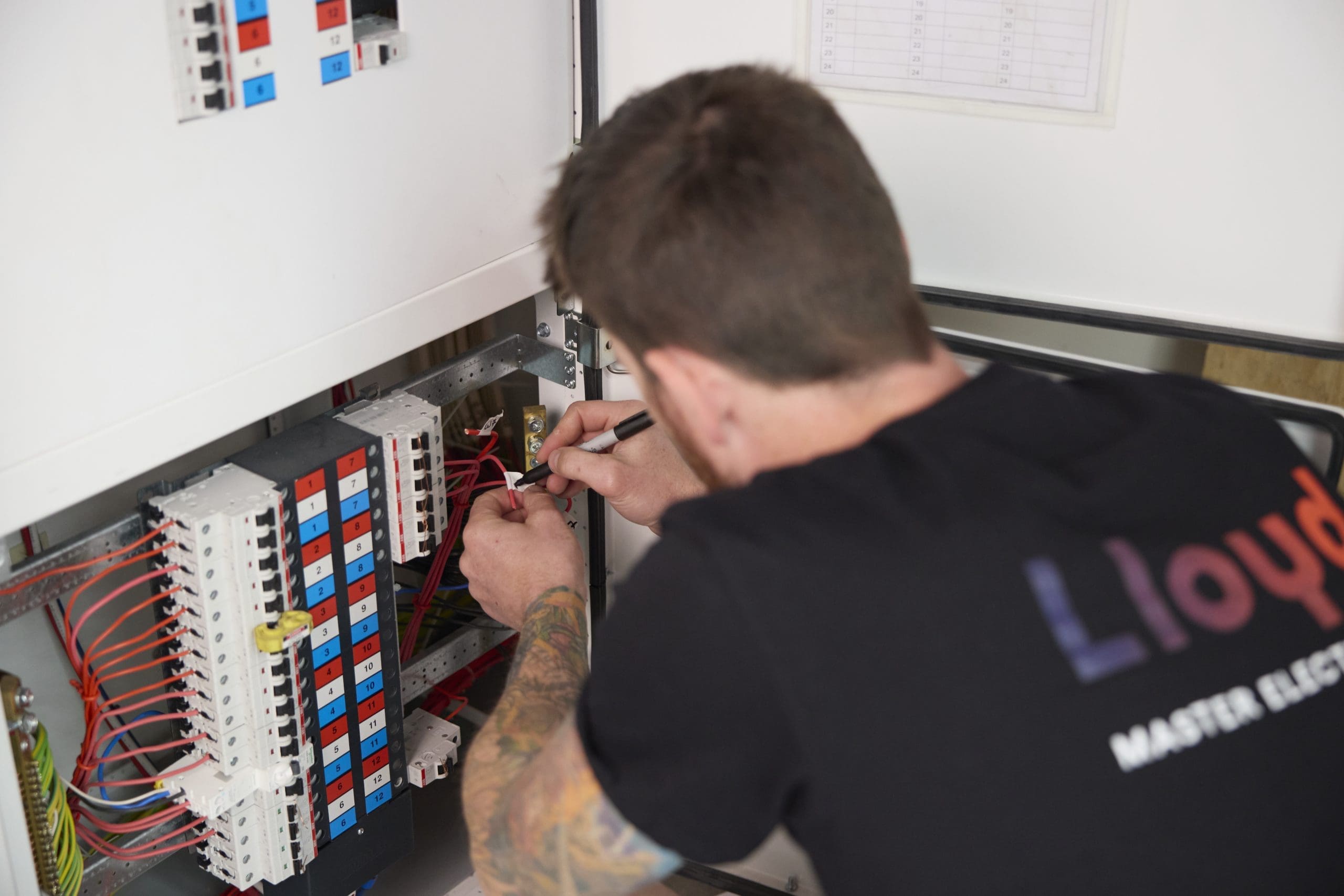Most people simply don't know how easy it is to make their homes run on less energy. The key is to increase the energy efficiency of our homes, make choices to decrease energy usage, and in doing so, lessen our environmental impact. The following are just a few ways that energy bills can be reduced year round.
1. Upgrade to a Programmable Thermostat
Programmable thermostats allow you to lower the temperature in your home at times when you are away or asleep. They can also allow you the ability to control the temperature in specific areas in your house. Data shows that setting the thermostat a few degrees lower for eight hours each day can save the average household around 10% each year on the cost of heating. Be sure to use a certified electrician to install the thermostat as it can be a bit complicated for the general handyman.
2. Use Energy Efficient Lighting
As your old bulbs go out, replace them with more energy-conscious globes. LED light bulbs are 80% more efficient than standard light bulbs, moreover, they can last up to 15 times longer.
3. Utilise Ceiling Fans Appropriately
Ceiling fans are great for providing cross ventilation in the summer and for heat circulation in the winter. Most fans come with a switch to control the direction in which the blades turn. Make certain that the switch is set appropriately for the different uses. If you do not already have ceiling fans in place consider reaching out to a professional Auckland electrician, as improper wiring can lead to electrical problems.
4. Change Filters Regularly
This is the most important and cost-efficient way to keep your heating and cooling system in top shape. Be sure to use the appropriately sized filter for your unit. Follow manufacturer's guidelines as to how often filters should be changed. Write a date on a visible portion of the filter so that you know quickly if it has been changed recently. Better yet, set reminders and mark your calendar so that you don't forget.
5. Schedule Regular Maintenance and Inspection
To ensure your heating and cooling system is running at peak efficiency have it professionally maintained. This includes having your system inspected before use in the summer and winter. Make certain to have any ductwork inspected and repaired as well as this can be a source of inefficiency and increase both heating and cooling expenses. It is a good idea as well, to have your electrical system inspected yearly. Electrical problems not only present a safety hazard but also creates energy loss through improper wiring.
6. Go Tankless
A traditional water heater keeps the water stored in a tank heated continuously. Conversely, a tankless system heats water on demand. EnergyWise experts say that water heating accounts for about a third of New Zealanders' energy bills, costing the average household close to $650 per year.
7. Wash Clothes on the Cold Water Setting
Washing clothes on a warm cycle can use up to 10 times as much energy as washing the same load on "cold." By turning the dial to a cooler wash cycle, the average household can save around $100 per year.
8. Weatherise Your Home for Winter
Even if the most energy efficient homes can be draughty in spots. Weatherising is an inexpensive and easy way to save on your energy bill. Add weatherstripping to doors and windows. Check these periodically as the materials degrade and wear out over time. Check around chimneys and fireplaces, blocking off gaps with caulk or sealing the chimney flue when not in use. Other common areas that allow heat to escape or let colder air in, are pipes, drains, and electrical outlets. These can be sealed by caulking or using insulation to block out any air flow.
No one likes paying more than they should for energy. Fortunately, there are tricks that each of us utilise in decreasing costs, increase our energy efficiency, and thereby lessen our impact on the environment.









